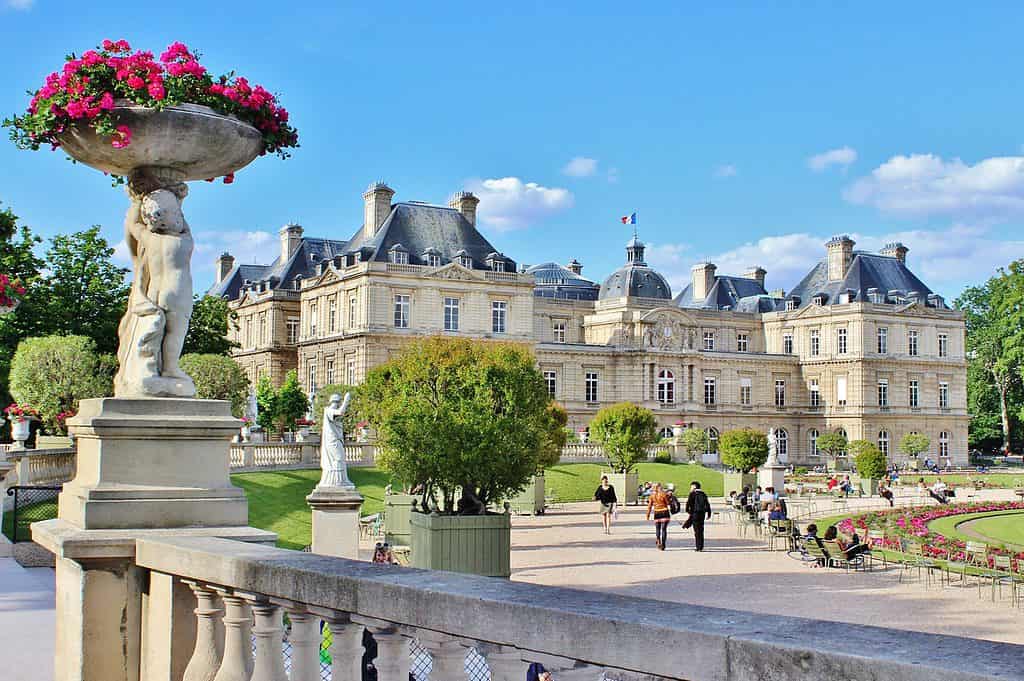
Paris, France The Luxembourg Gardens in Paris, France, have a royal aura and are splendid to visit any time of year. Enjoy 60 acres of extraordinary gardens, fountains, sculptures, ponds, flowerbeds, playgrounds, and open-air cafes. All are free to visit from dawn until dusk.
Is Luxembourg Gardens worth visiting?
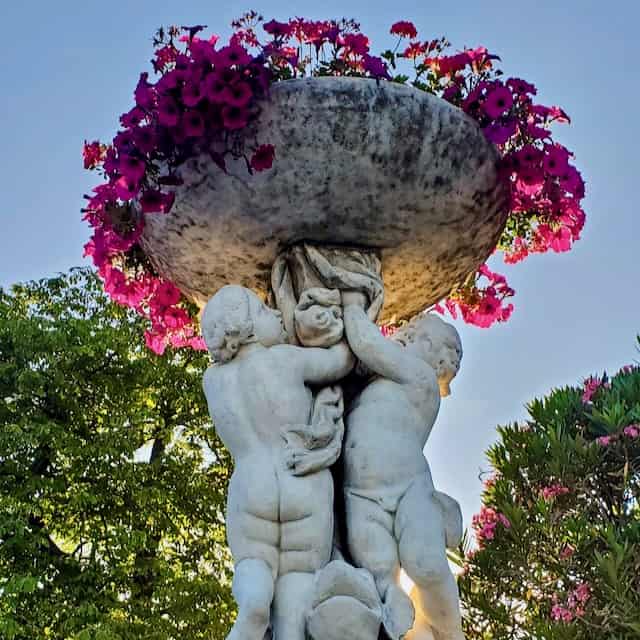
The Gardens are rich in history and things to see. Whether planning a trip to see the Gardens at Luxembourg or just interested in seeing it from afar, this post will show you the wonderful things to experience at the Gardens. To assist in planning your trip, A Garden Travel Guide to the Luxembourg Gardens is located at the end of the post.
Luxembourg Gardens History
After the assassination of Henry IV in 1610, his widow, Marie de Medici, became regent to her son, Louis XIII. Having acceded to a much more powerful position, she decided to build a new palace for herself. She had the Palais du Luxembourg and the surrounding gardens built to replicate her childhood home, Florence’s Palazzo Pitti.
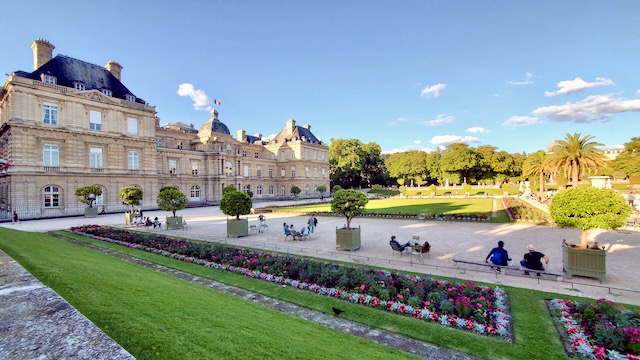
Why is it called Luxembourg Gardens?
When acquiring the land, the Queen purchased an adjacent mansion owned by François de Luxembourg, Duc de Piney.
The mansion, called Petit Luxembourg, is now the residence of the French Senate President. The beautiful Luxembourg Palace built by Marie de Medici is a government building housing the French Senate.
Luxembourg Garden Design
The Garden covers approximately one square mile in the 6th Androssiment.
The enormous central terrace and pond are bordered by flowers, shrubbery, and statuary.
The geometric formal French-style garden with grand parterres is neatly filled with flowers. In other parts of the garden, a natural English-style garden prevails.
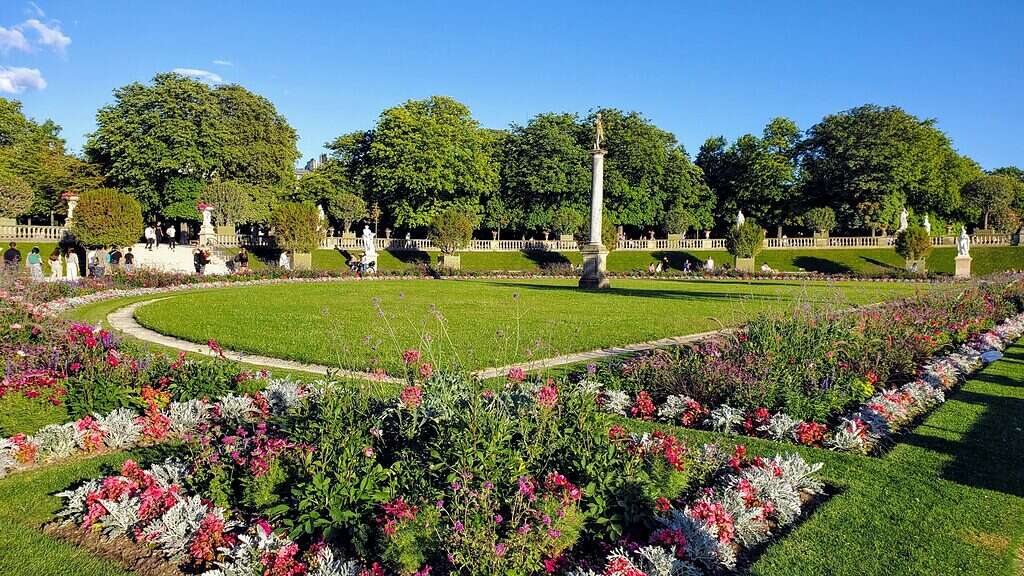
Allees of trees surround the central terraces and continue in every direction except north, where the Luxembourg Palace dominates.
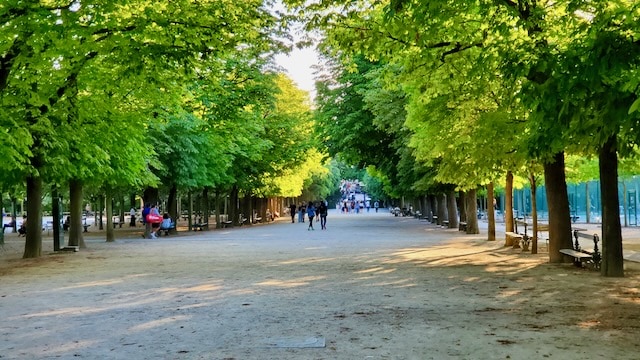
Colorful compositions can be discovered all around the Gardens, especially in April and May. The color scheme featured pink and a few blue flowers in the Grand Parterres.
Pink pairs easily with the purples of verbena or purple geraniums. Grasses such as Pennisetum give lightness and movement.
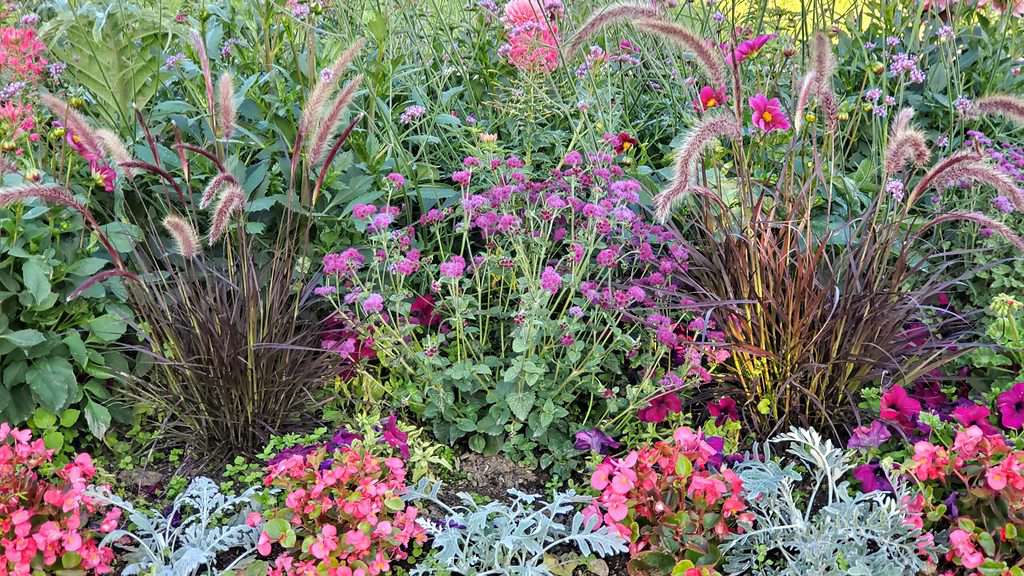
If you visit in March/April, an intense assortment of tall tulips blooms around the Luxembourg Palace. In the fall, the beds are replanted with Chrysanthemums in a tradition dating back to 1880.
Garden Structures and Art
Medici Fountain
The Medici fountain is one of the most important decorative elements of the Gardens.
The statues in the central niche represent characters from Greek Mythology. Acis and Galathée lie under a rock while the colossal bronze figure of Polyphemus prepares to throw a stone at his rivals.
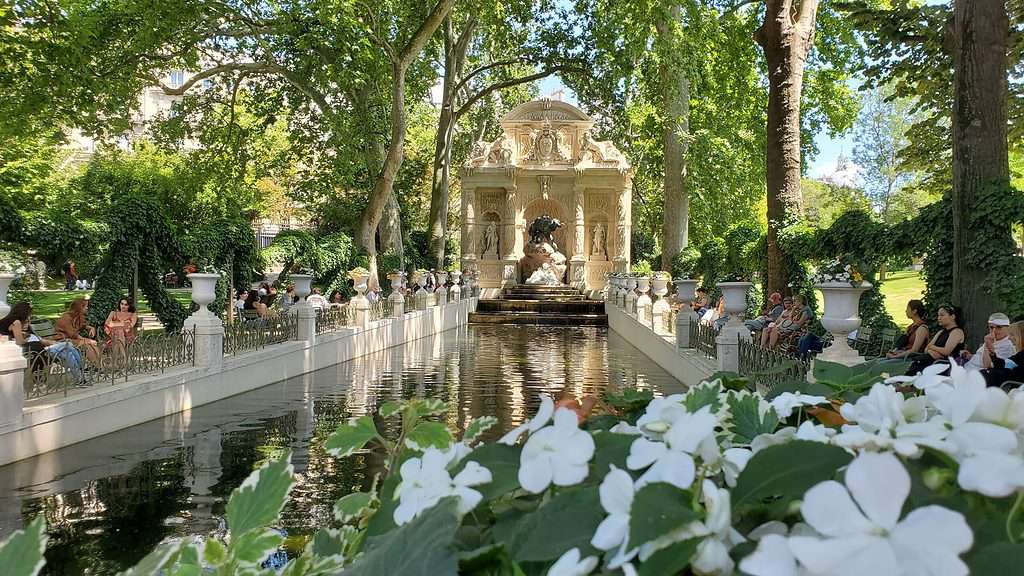
Luxembourg Garden Statues
106 statues are present in the Garden. Visitors walking the Garden may encounter a great composer, a saint, a mythological figure, or a miniature replica of the Statue of Liberty.
Statue of Liberty in the Luxembourg Gardens
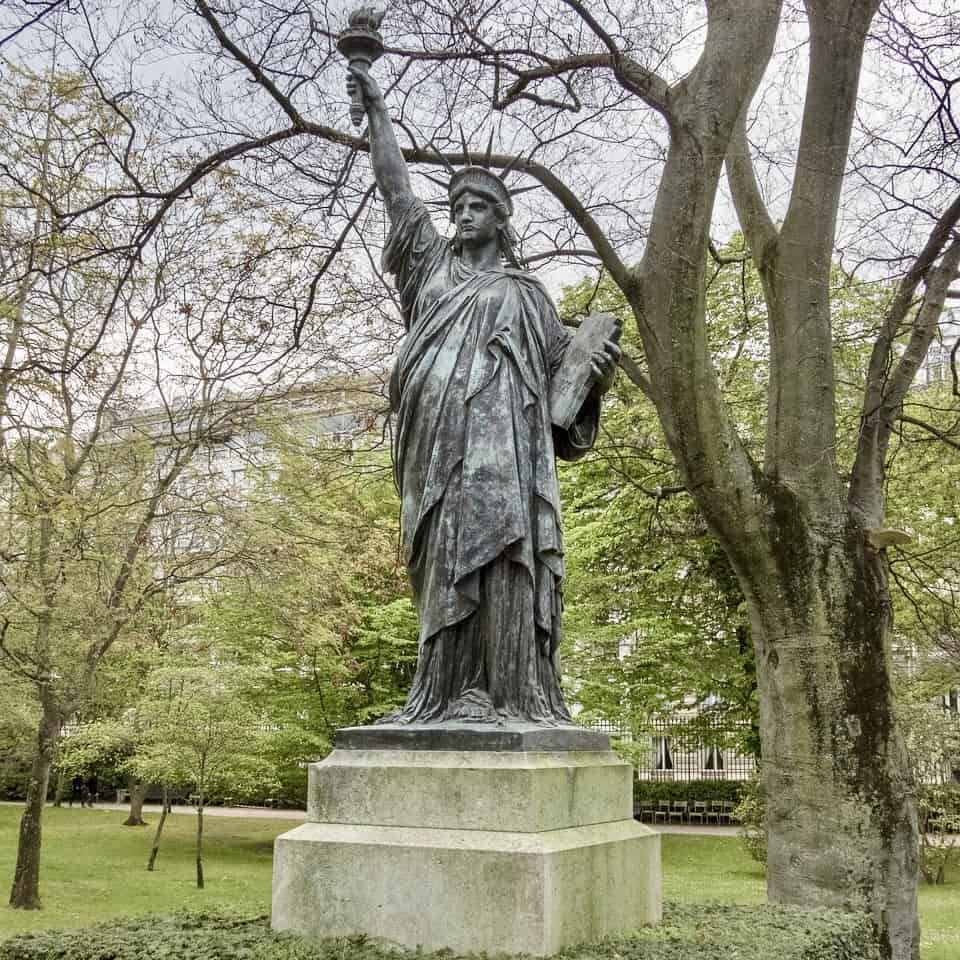
For the Universal Exhibition of 1900, French sculptor Frédéric-Auguste Bartholdi (1834-1904) donated a bronze statue that served as his model for the Statue of Liberty to the Musée du Luxembourg in Paris. At the request of the sculptor’s widow, it was moved to the Luxembourg Gardens in 1906 where it remained for more than a century.
For preservation reasons, the original model was transferred to the Musée d’Orsay, and a new bronze replica stands in the Garden. Frédéric-Auguste Bartholdi also created the stunning Bartholdi Fountain outside the United States Botanical Garden.
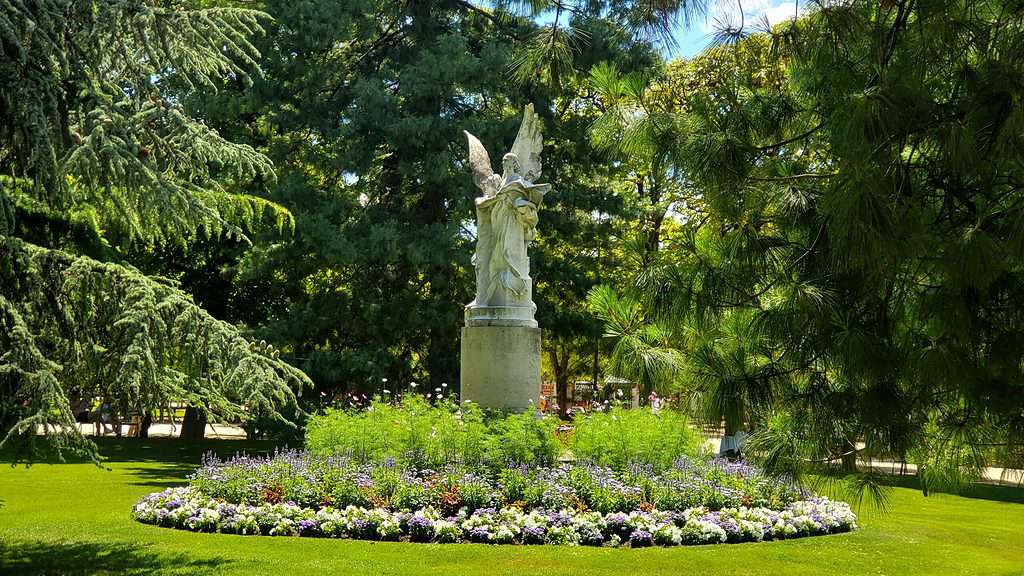
Take a Break: La Terrassee De Madame
After walking around the gardens, you may be ready for a break. La Terrassee De Madame is located in the northeast quadrant of the garden and offers onsite dining. It is a charming place for a light snack.
The Botanical Legacy of the Gardens at Luxembourg
Just as much as the Palace is a historic site, the Gardens are historically comprised of an Orangerie, Orchids, Orchard, Apiary, the David’s (Davioud) Pavilion and a Conservatory.
Orangerie
The Orangerie, a former greenhouse, is now used for exhibits of photos and artwork. Several orangeries have followed one another up to the present today. The current Orangerie dates from 1839.
It houses around 180 plants in containers, including citrus fruits, date palms, oleanders, and pomegranates. The most beautiful and oldest specimens are estimated at about 250 to 300 years.
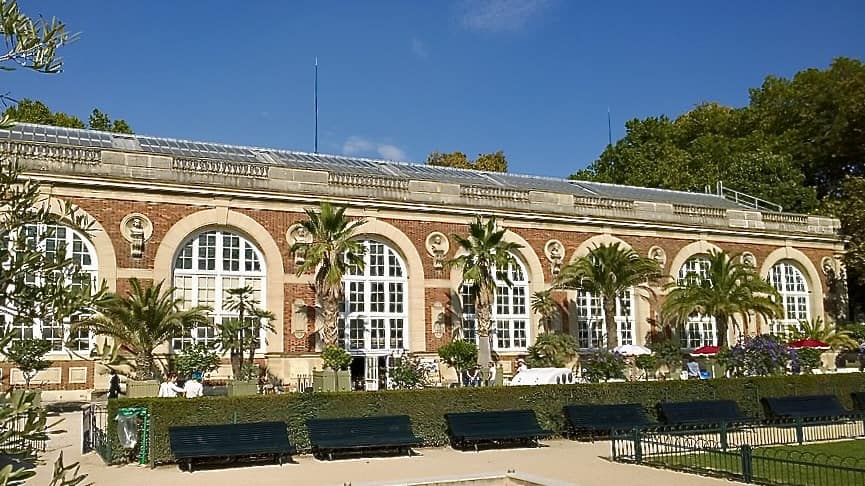
Greenhouses
The Greenhouses have aided in preserving plant heritage dating from the middle of the 19th century.
A set of greenhouses made up of 7 “chapels” of glazed frames provide plants for the garden beds and the Luxembourg Palace floral decoration. The greenhouses are not open to the public, but you can see behind the scenes in this excellent post by French Girl in Seattle Luxembourg Gardens Behind the Scenes.
Orchids
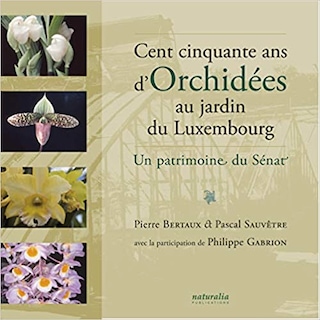
Greenhouses in the Garden hold a world-renowned collection of orchids. The orchid collection began with plants sent by the Emperor of Brazil’s doctor to the Faculty of Medicine of Paris in 1838.
Thanks to exchanges between horticulturists and collectors, the collection grew to include 1,200 species.
Orchard
The orchard houses old varieties of apples and pears dating back to the 17th century. This detailed blog post by Les Jardins d’ici The return of the monks’ famous apples and pears provides well-researched information about the Orchards.
The collection now has just over 1,000 fruit trees on half an acre (2,100 m²). It brings features 379 varieties of apples and 247 varieties of pears.
The orchards are located in the southwest corner of the Gardens and can be a bit difficult to find. They are labeled “verger” on the Garden’s map.
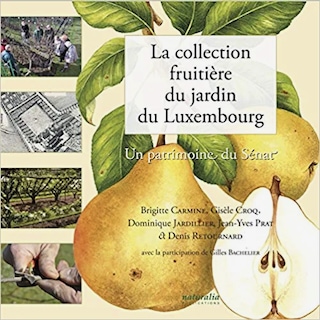
Apiary
The first apiary (beekeeping) school dates back to 1856. Completely rebuilt in 1991, the current school brings beekeeping to the center of Paris. The honey harvest is sold yearly at the orangery during the autumn exhibition.
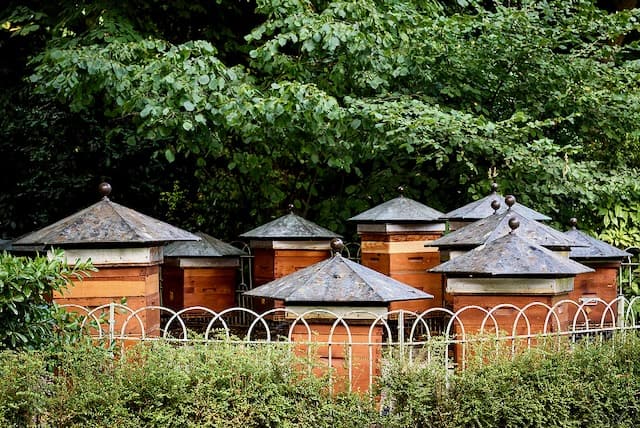
David’s (Davioud) pavilion
This pavilion was originally a café-restaurant but is now the site of The horticulture School of the Jardin du Luxembourg. The school was created in 1809. Courses given by the staff are open to everyone and free of charge.
Conclusion
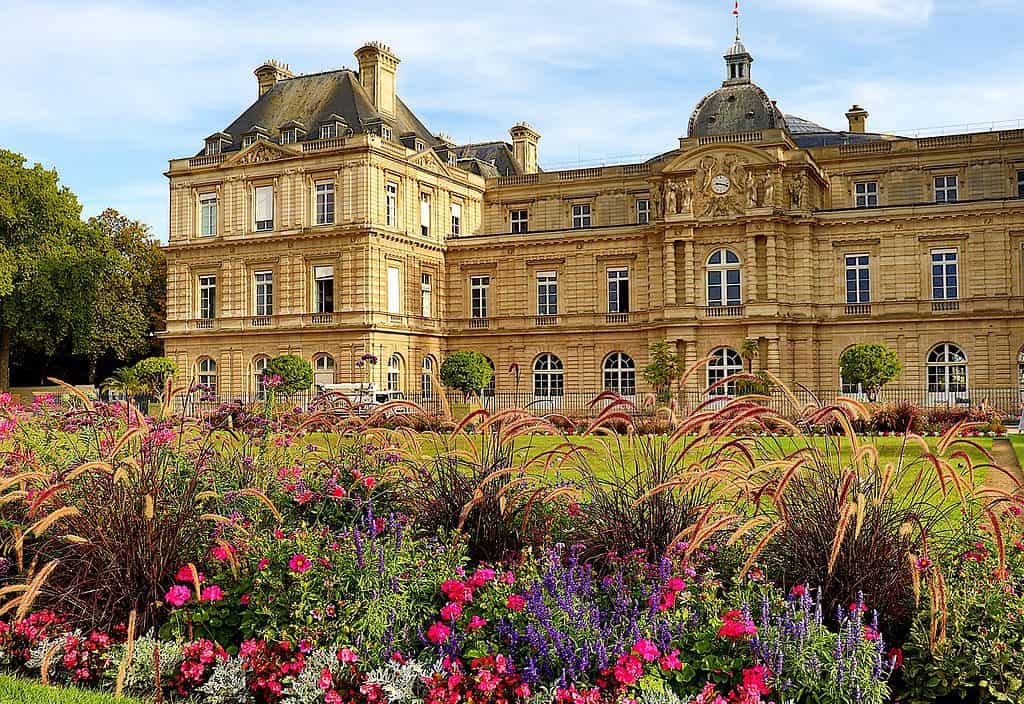
This is a garden beloved by the people of Paris and visitors alike.
People come to stroll, play chess, sit and read, people-watch, or sit at one of the cafes. Organized activities entertain young and old alike including tennis, pony rides, puppet theatres, and toy sailboat rental to float in the fountain.
The Luxembourg Gardens are alive from dawn until dusk and are a wonderful place to visit in Paris.

Visitors Guide to the Luxembourg Gardens, Paris, France
Address: Palais du Luxembourg; 15 rue de Vaugirard; 75006 Paris. Situated in the 6th Androssiment on the border between Saint-Germain-des-Prés and the Latin Quarter. Entrances on place Edmond Rostand, place André Honnorat, rue Guynemer, rue de Vaugirard
How to Best Experience the Luxembourg Gardens
The best way to experience the Jardin is to meander its strolling paths taking in the horticulture and statues. Find a bench, read a book, and people-watch.
Luxembourg Gardens Map
Find the most up-to-date map on the Luxembourg Gardens website.
Luxembourg Garden Hours
The Garden is open from dawn until dusk.
Are the Luxembourg Gardens Free?
Yes, the Gardens are free to visit. You’ll find entrances on place Edmond Rostand, place André Honnorat, rue Guynemer, rue de Vaugirard.
Getting to the Luxembourg Gardens
Public transportation is advised. Metro: Odéon (lines 4 and 10), Mabillon (10), Saint-Germain-des-Prés (4). RER B: Luxembourg-Senat station. Bus: 21, 27, 38, 58, 82, 83, 84, 85, 89.
Google maps worked well for navigating around Paris, whether by walking or public transport.
How long does it take to walk through Luxembourg Gardens?
A scenic 1.3-mile trail around the gardens takes 30 minutes to walk. If you are an avid Garden-goer, plan to spend 1 – 3 hours to stop and admire the flora, garden sculptures, and structures.
Luxembourg Gardens Pet Policy
Pet dogs are allowed but must be kept on a leash and taken on the paths designated for dogs.
Accessibility at the Luxembourg Gardens
All entrances to the Luxembourg Gardens and many of the paths are wheelchair-accessible. There are several accessible toilets in the gardens. Service dogs are allowed.
Restaurants Near Luxembourg Gardens
La Terrassee De Madame
Madame’s Terrace is conveniently located in the garden with onsite dining. Nice beverage selection. European, French cuisine.
138 Rue de Médicis, 75006 Paris, France. Northeast quadrant of the garden. Mon-Sun 9:30 am -5:30 pm.
Le Perraudin
A Traveler’s Choice Award winner. Enjoy traditional French cuisine in a friendly and cozy atmosphere. Vegetarian Friendly. Open for Lunch and Dinner.
157 rue Saint Jacques, 75005 Paris France Paris. 0.3 miles from Luxembourg Gardens. Mon-Sat: lunch noon – 2:00 pm, dinner 7:00 pm to 1:00 pm.
Les Papilles
Traveler’s Choice Award. Gourmet, yes, but friendly. French, European.
30 rue Gay Lussac, 75005 Paris, France, 0.2 miles from Luxembourg Gardens. Closed Sun & Mon.; Tues to Sat 9.30 am to midnight.
Karavaki Au Jardin Du Luxembourg
Karavaki means small boat; it is also a nod to the small sailboats of the Luxembourg garden. The restaurant is located just opposite one of the entrances to the park. Serving Greek, Mediterranean, and Healthy cuisine with Vegetarian Friendly and Vegan Options. Open for Lunch and Dinner.
7 rue Gay Lussac metro Luxembourg, 75005 Paris France, 0.2 miles from Luxembourg Gardens. Tue-Sat 10:00 am to 10:00 pm. Sun 10:00 am to 6:00 pm.
Hotels Near Luxembourg Gardens Paris
Hotel Luxembourg Parc
4-star hotel with 23 Rooms. Located on a historic corner of Saint-Germain-des-Prés facing the beautiful Luxembourg Gardens, the Luxembourg Parc has old-world charm, spacious rooms, cozy common areas, and excellent service.
42 Rue de Vaugirard, Paris, Paris, 75006 0.18 miles from Luxembourg Gardens
Hôtel Bonsoir Madame
4-star hotel with 34 rooms. As soon as you enter the hotel, you will be in the unique universe of Bonsoir Madame, directly inspired by the treasures of the famous neighboring Luxembourg Gardens. Every detail has been carefully chosen in an eco-responsible approach.
65 Rue Madame, Paris, Paris, 75006. 0.19 miles from the Luxembourg Gardens.
Villa Madame
4-star upscale hotel with 28 rooms. Nestled in a historic and quiet street on the Left Bank, near the Luxembourg Gardens, LA VILLA MADAME is a hotel that retains the intimacy and poetry of a private residence.
44 Rue Madame, Paris, Paris, 75006. 0.24 miles from the Luxembourg Gardens
Author’s Note: The recommendations are not sponsored; they are my personal experience or researched suggestions.
More Resources for the Luxembourg Gardens
Le Jardin du Luxembourg’s website features Luxembourg Gardens news, botanical and architectural heritage information, plus events and exhibits.
Other Gardens Near Luxembourg Gardens in Paris
Jardin des Plantes
Located within the Museum of Natural History in the 5th arrondissement, Jardin des Plantes (French for “Garden of the Plants”) is the premier botanical garden in Paris. Planted in 1635 by Guy de La Brosse, Louis VIII’s physician, the Garden is known for its glass houses that represent its main galleries.
Recent Posts
Museums for All in Botanical Gardens and Arboretums Blooming with Access
Museums for All is an initiative that allows individuals and families receiving food assistance (SNAP EBT - Supplemental Nutrition Assistance Program Electronic Benefit Transfer) to gain free or...
San Diego Botanic Garden, Encinitas, CA: The San Diego Botanic Garden in Encinitas is a 37-acre sanctuary about a 30-minute drive north of the city of San Diego. Just a mile from the Pacific...
